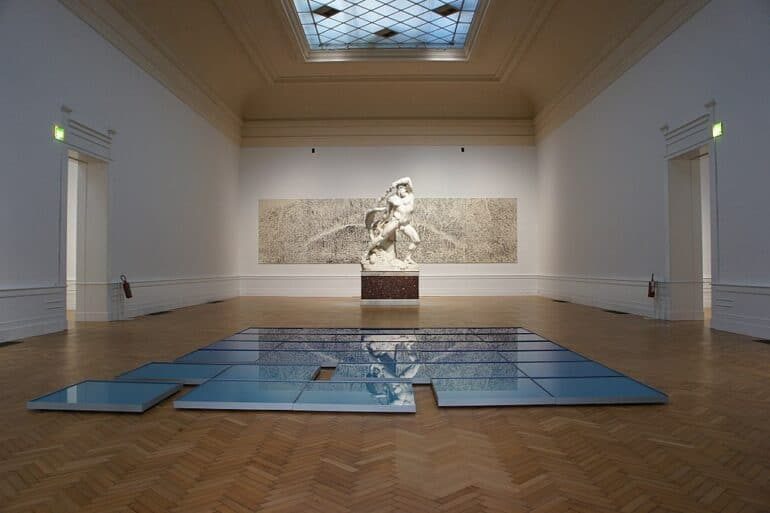Visit Galleria Nazionale d’Arte Moderna e Contemporanea by Villa Borghese
The Galleria Nazionale d’Arte Moderna e Contemporanea – National Gallery of Modern and Contemporary Art – is your place to explore the evolution of the concept of “modernity” throughout the past 150 years. The museum comprises paintings, sculptures, drawings, photographs and prints for a total of almost 20.000 artworks by the greatest artists from the 19th to the 21st century, dialoguing with each other and transcending the idea of linearity of time.
Let’s begin with a little bit of history. The collection was founded in 1883 by royal decree at a time when the peninsula had just been unified under the name of Kingdom of Italy. The very idea according to which the collection was founded was that of giving a space for forms of art that detached from the rigor of academia to be represented and to thrive.
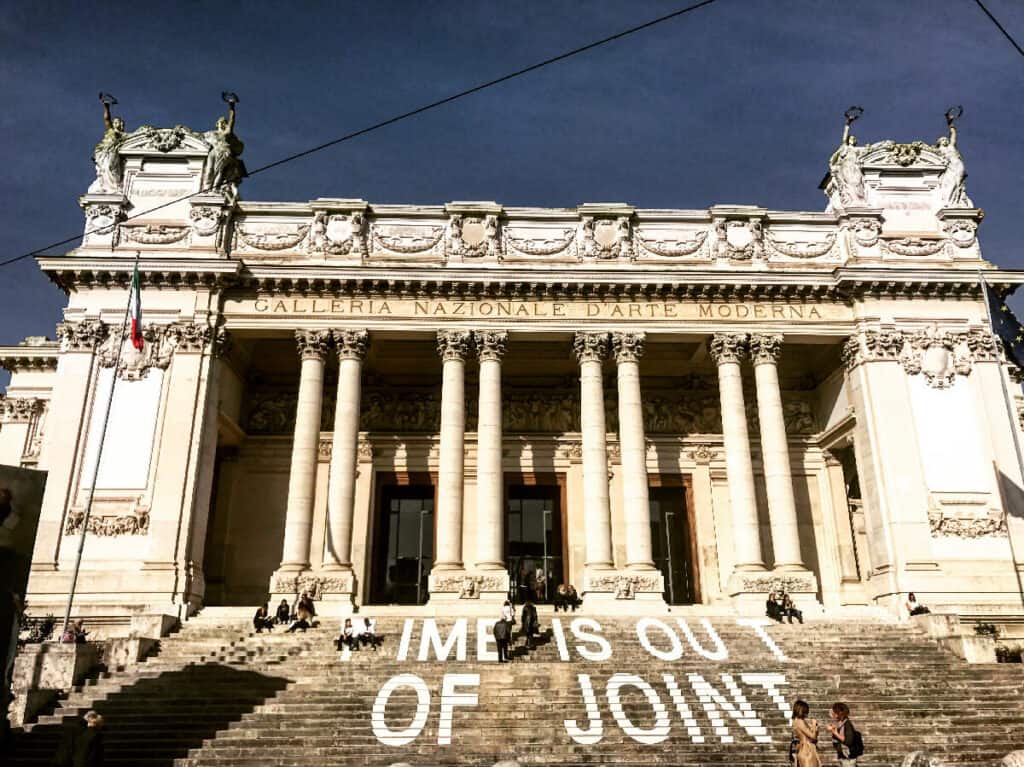
Originally the works were displayed in the Palazzo delle Esposizioni in Via Nazionale, which eventually became too small to host such a rich collection in continuous expansion. The current venue of the museum, located near Villa Giulia, the museum of Etruscan art and right next to Villa Borghese, was designed by Cesare Bazzani in 1911 for the Universal Exposition held in Rome in the same year for the 50th year of the unification of Italy. The collection moved here three years later. Since then, the original nucleus of the palace, designed in a Neoclassical style, has been expanded and modified multiple times to accommodate the thousands of art works acquired by the museum throughout the years.
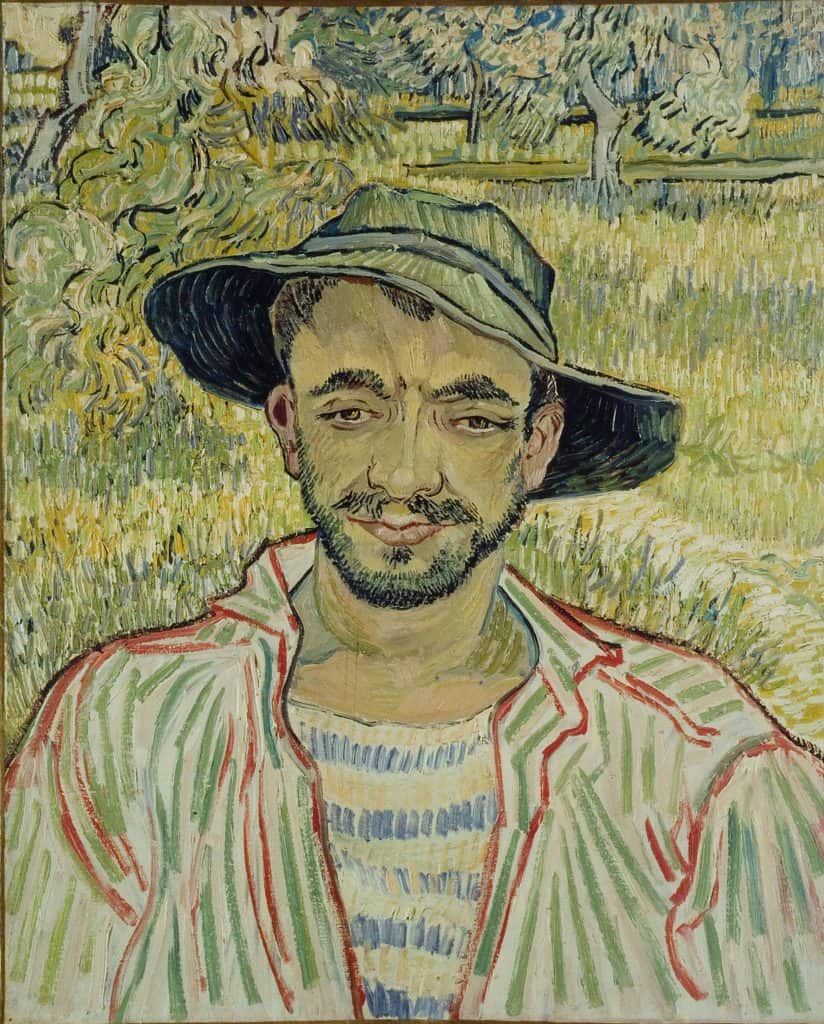
The collection includes a diverse range of artistic movements such as Neoclassicism, Impressionism, Futurism, Symbolism, Surrealism among others, represented by timeless figures such as Van Gogh, Cézanne, Monet, Braque, Modigliani, Duchamp, Mondrian, Giacometti, and many more. The museum has always kept its collection up to date with works representing the latest trends in the art world, with the intention of being at the same time promoter and witness of the evolution of art.
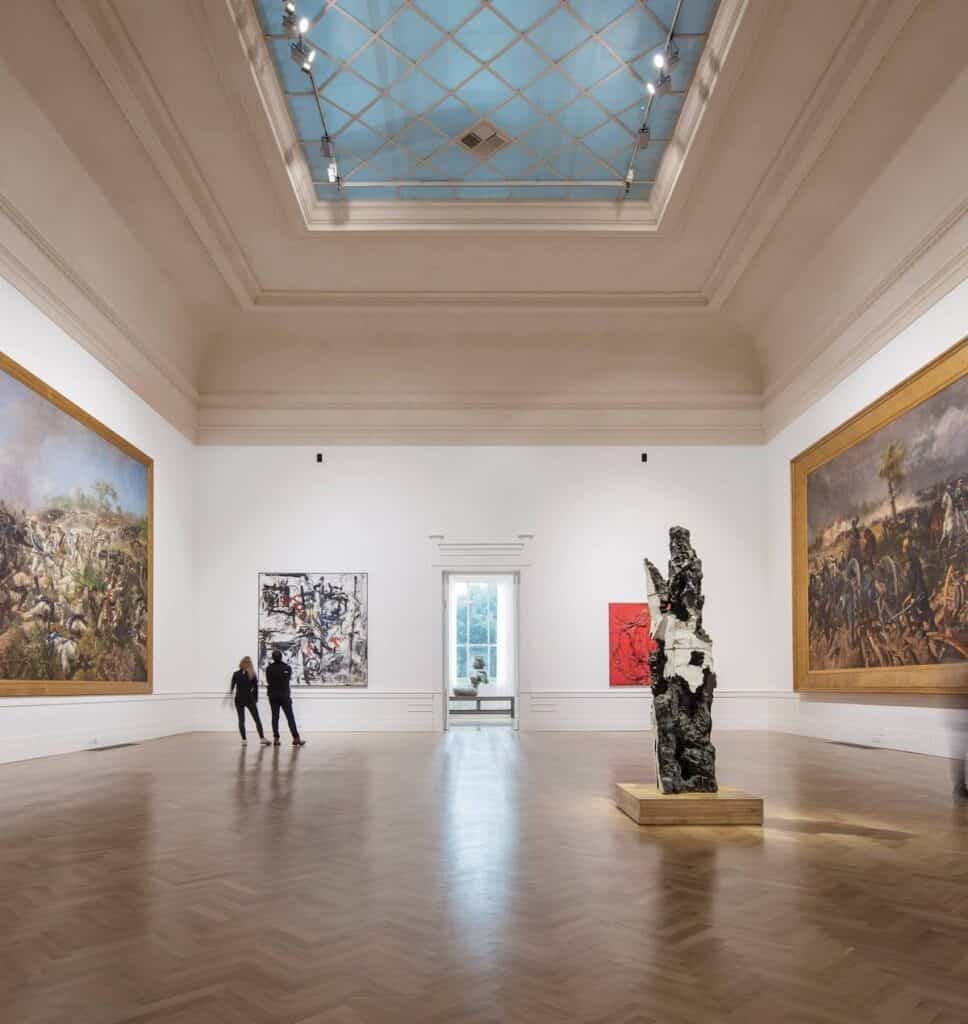
This attitude has proven often controversial throughout the years when new forms of art were controversial themselves. In 1959 the purchase of one of Alberto Burri’s works from the series “Sacchi” – “Bags” – was even debated by the Parliament that believed it was a waste of public money for a non-traditional non-accepted form of art. Burri went on to win several prizes for his contribution to the art world.
INSPIRATION
Must See Museums in Rome
Since 2016 the museum has benefited from autonomous management. The new director Cristiana Collu gave new life to the collection, now enriched with pieces up until the 21st century, and rearranged according to the concept well expressed by the Shakespearian quote “Time is out of joint.” The idea behind this arrangement is that time “has to be reset through new and unexpected relationships within the symbolic space of the museum, as a flow of memories bringing together works of different periods.” In each room there are works belonging to different time periods, realized in different media, according to different styles and belonging to different art movements. And yet there is always communication among them through assonance, contrast, reference or cross-reference. It’s up to you to find and appreciate the common thread in these rooms that allows to connect present and past.
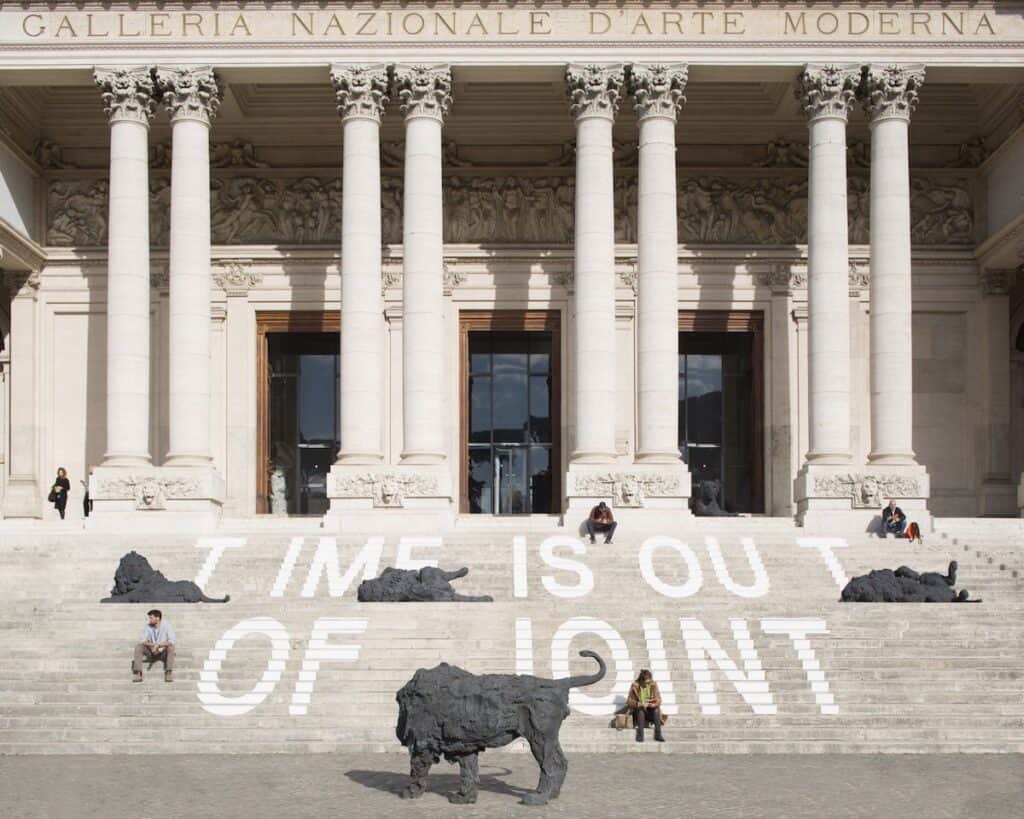
The museum does a great job at involving any kind of public, spacing its activities from educational programs for schools to workshops for seniors, always paying attention to any visitors’ needs. The objective is to give the public the grammar to understand and enjoy the syntax of the works preserved and exposed in the museum.
Learn more about the latest activities, events and temporary exhibitions at the Galleria Nazionale on its official website.

Address
Viale delle Belle Arti, 131
Opening hours
Tuesday-Sunday, 9am to 7pm (last admission 45 minutes before closing)
Tickets
€10 (regular); €5 (with restrictions)


